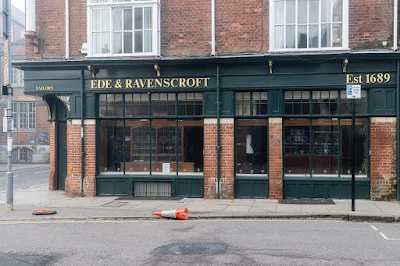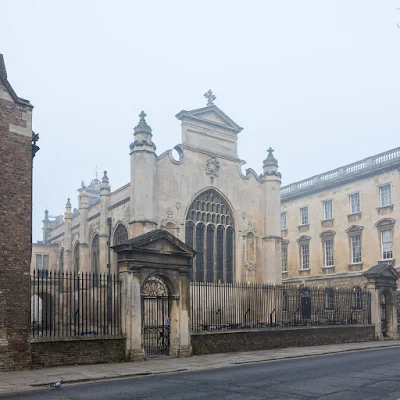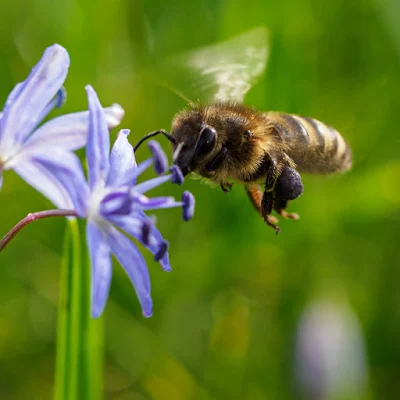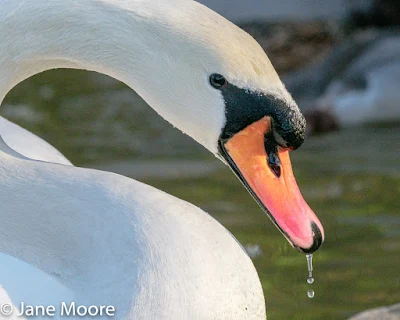Sunday, 28 February 2021
Tuesday, 23 February 2021
Madingley in the Spring
The warmth has enhanced Spring and many insects were pollinating the flowers. The arched Hazel walk was lined with aconites and snowdrops. Bees were attracted to the Puschkinia a plant native to the Caucasus and Middle East. One bee was observed to having a dark pollen sac and a varroa mite on its left flank. This could be recently infested from another bee in a flower food source. Varroa usually lodge in their undersides, sinking their teeth in the gaps between the tergites. That is the joints between the hard plates of the exoskeleton. These mites are now believed to feed on the "fat bodies" of the bee, not haemolymph as previously thought. Samuel Ramsey's work in Maryland USA pioneered work on the Varroa mite. The large dark lump on the leg is the pollen basket full of pollen. It is an unusual colour, but poppy pollen is black. There are pollen colour charts giving colours over the flowering season. The definitive identification would be microscopy. Usually bees don’t collect different pollens in one basket and therefore the pollen would be usually one colour. When they take it in the hive they stash it in an empty cell, or one with pollen in already. So when you look at a frame there will be pollen cells, in between honey cells around where the brood is, as the two are mixed together to make brood food. This is an organised economy of labour. I found it fascinating.




















































